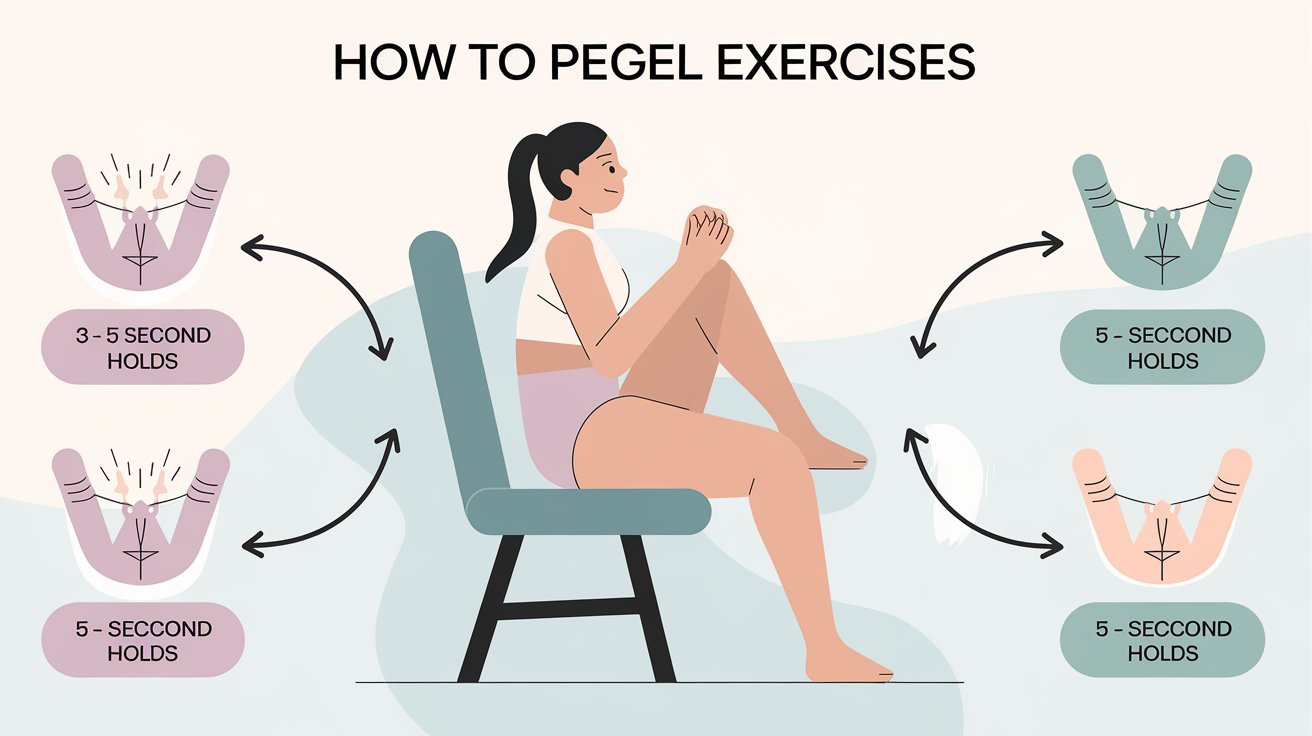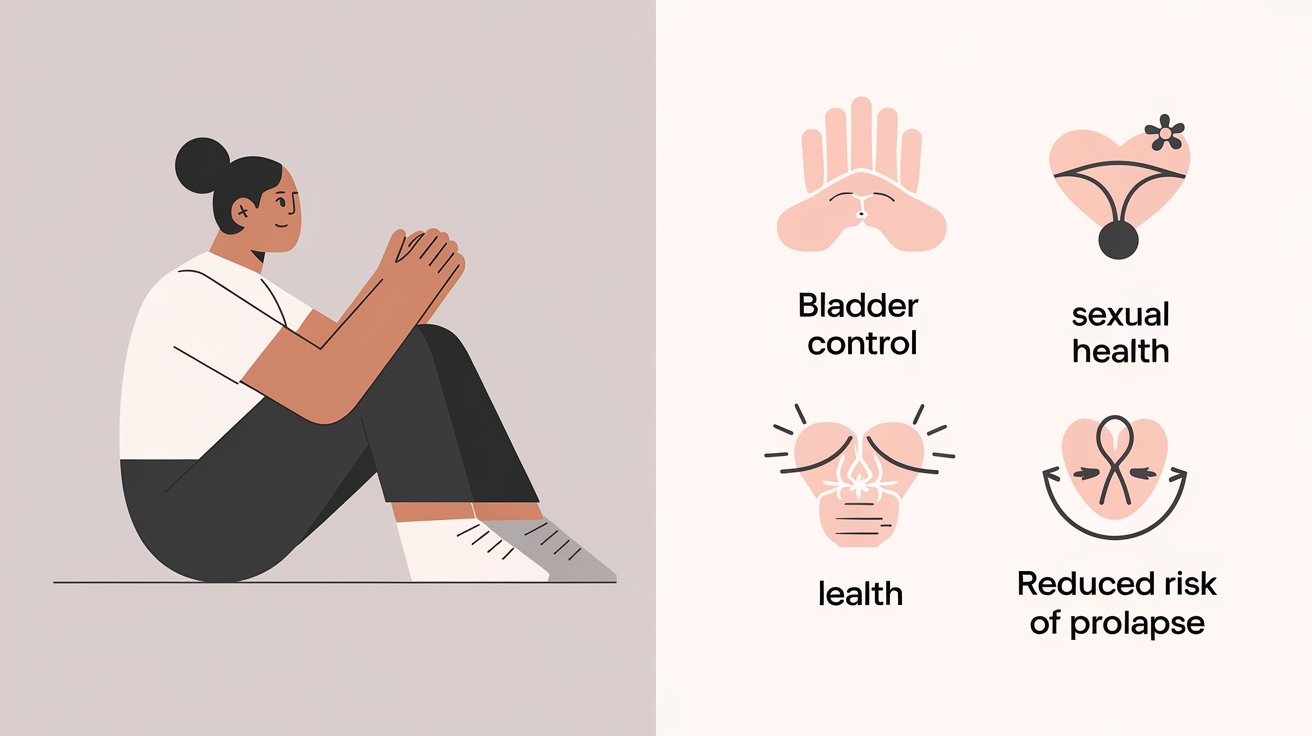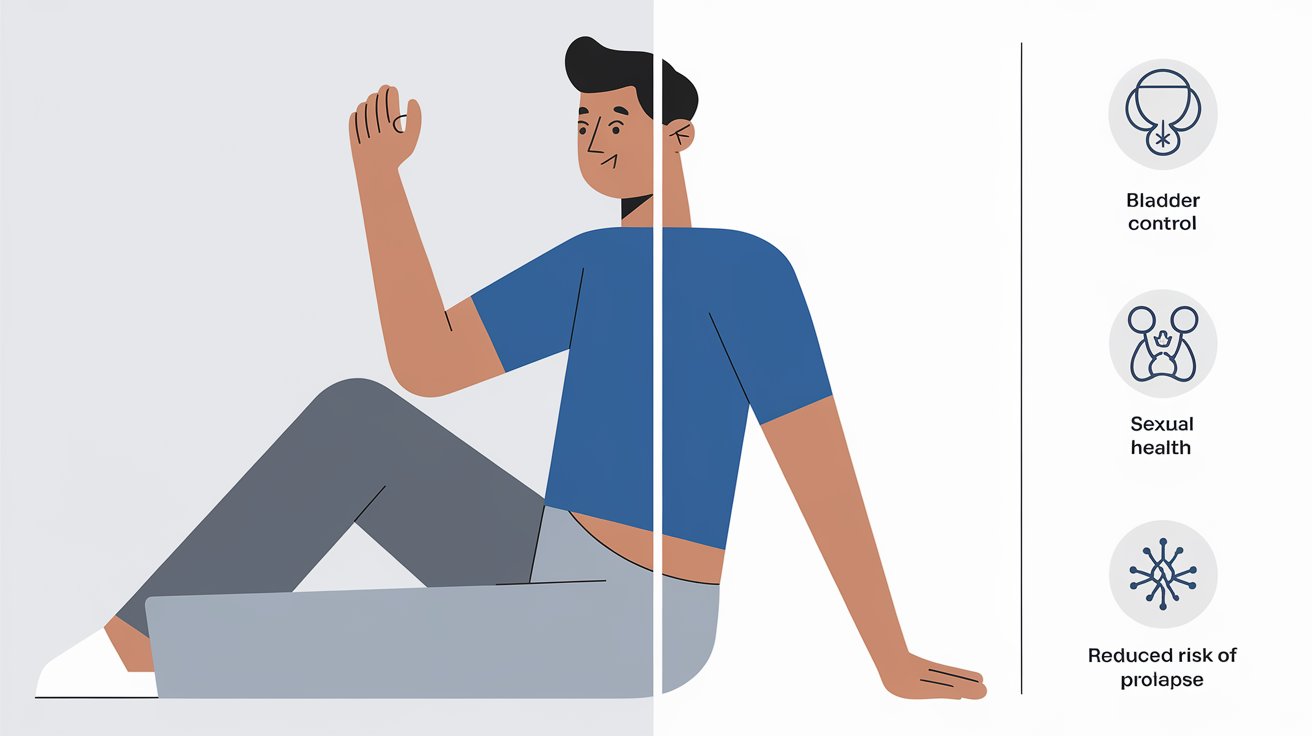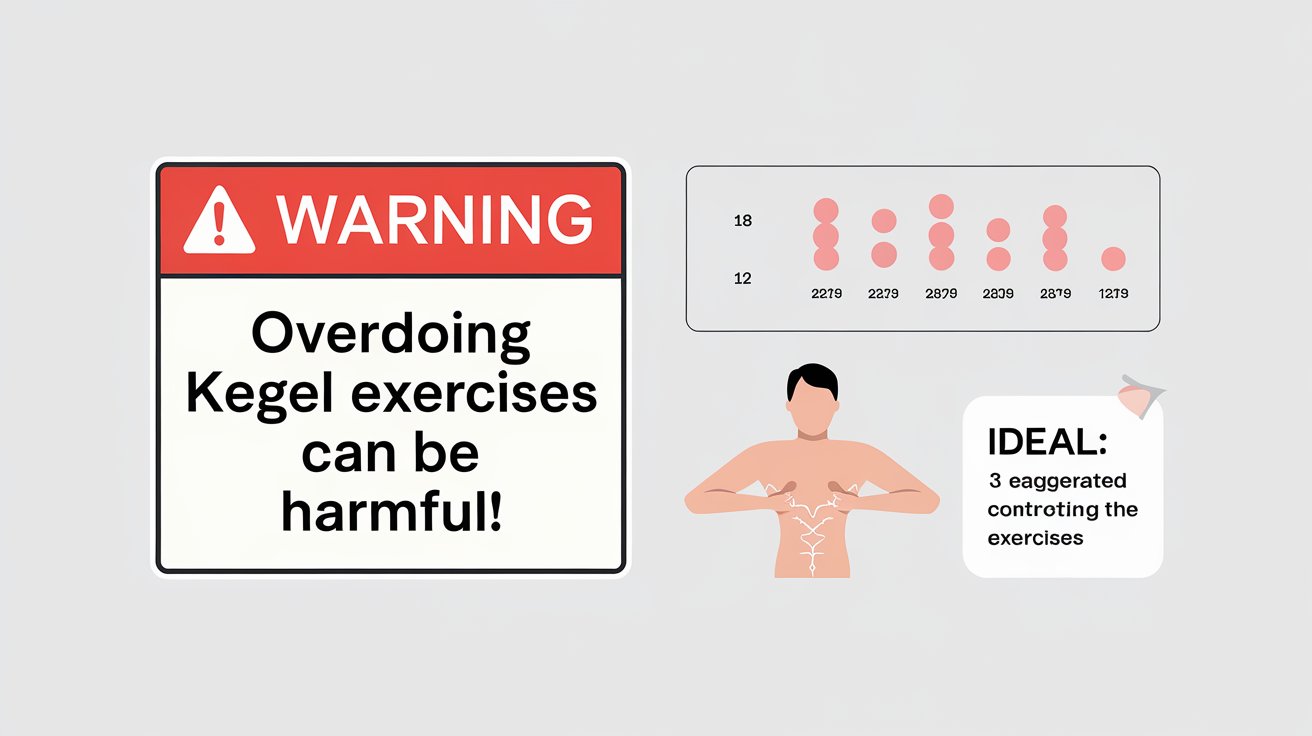Someone said that Kegel exercises for women can improve the quality of one’s life. But the most important of all is that kegels have been widely prescribed to both males and females for improving the overall sexual health right from toning the pelvic floors muscles to controlling bladder issues. However, does it mean that they really work? To what extent these small, seemingly insignificant contraction as efficient as one is told?
However, in this blog post, let’s discuss scientific facts about Kegel exercises, the advantages of the exercises, and debunk some myths. For those of you who are new to Kegels and questioning; if these exercises really can help improve the current state of your health or not, the following information is going to be very helpful to you.
What Are Kegel Exercises?

Kegel exercises are targeted on the workout of muscles of the pelvic floor. It are intended for the support of the bladder, uterus, small part of the intestines, and rectum. Dr. Arnold Kegel, a gynecologist, first proposed this exercise a few decades ago as a means to women from having to undergo surgery to treat urinary incontinence. Today, both men and women use these exercise to treat different health complications in their body.
Kegels include the strengthening exercises that are performed by tightening and easing of the muscles of the pelvic floor. Despite this, they are easy exercises which calls for them to be executed in the right manner and in a repetitive manner. In contrast with typical bodyweight exercises such as squats or planks, Kegel exercises do not need any tools, they can be done regardless of a person’s location, whether they are at work, or at home resting in bed.
How to Perform Kegel Exercises

Before diving into the benefits, it’s essential to know how to do Kegels correctly:
Identify the Right Muscles:
This is one of the easiest ways to locate the pelvic floor muscles since you can practice this while urinating and then try to pause the stream of urine. These are the muscles that you will be exercising when doing Kegel exercises
Contract and Hold:
Squeezing your genital area muscles for 3-5 seconds followed by a releasing for 3-5 seconds. Do this 10-15 in one session. Ideally, try to reach for training sessions no less than 3 times a day.
Maintain Steady Breathing:
Be sure to exhale as well while doing these exercises do not hold your breath or pull other muscles like the abdominal or the buttocks.
Consistency is Key:
As with any exercise, the results are in the workout and repetition of the particular activity. As such, it is recommended that one should attempt to do Kegels for several weeks to see positive changes.
Benefits of Kegel Exercises
Now, let’s explore the proven benefits of Kegel exercises:
1. Improved Bladder Control

The main reason why individuals get into performing Kegel exercises is to cure urinary problems, of which are very common. No matter it is stress incontinence, which means leakage occurs while coughing, laughing, or sneezing, or urge incontinence, which is characterized by a sudden desire to urinate, Kegels will help immensely. It is proven that with Kegel exercise done regularly, there is a decrease in incontinence cases among men and women, mothers especially after childbirth and patients after prostate surgery as well.
2. Enhanced Sexual Health

One of the exercises that are advised to be incorporated into the program in order to improve sexual activity is Kegel exercises and they are performed both by men and women. In women, it is said that the optimum contraction of the muscles around the vagina as a result make the woman more sensitive when being touched and therefore causes more sensations and strong orgasms. Men who practice Kegels may experience relief of erectile dysfunction or premature ejaculation since it works on the strength of the pelvic floor muscles.
3. Support During Pregnancy and Postpartum Recovery

Pregnancy does lots of stress to the pelvic floor muscles. As a result of pregnancy, strength of these muscles decreases, but kegel exercises enable pregnant women to keep them toned and to reduce the duration of childbirth and recovery time after childbirth. Urinary leakage is a common complaint among women after birth, and simply performing Kegel exercises on a regular basis can help a woman to have control again.
4. Prevention of Pelvic Organ Prolapse

It is a condition where the pelvic organs such as the uterus, bowels or bladder descend from their normal position mainly because the muscles holding them in place have weakened and thus results in pressure or discomfort in the pelvic region. It is necessary to do kegel exercises to avoid a possibility of prolapse or slow down its development due to the muscle tone.
5. Post-Surgical Recovery

They are usually recommended to men that have benefited a prostate surgery since they help in the healing process. Some of these exercises may assist to make the pelvic floor muscles that may be compromised during the surgery to become strong hence preserving bladder control in addition to sexual activities.
6. Improved Bowel Control

While kegel exercises mainly have the benefit of controlling bladder incontinence, however, it also helps in controlling bowel incontinence. There is a possibility of preventing fecal incontinence, which is the inability to control bowel movements, by improving the strength of the pelvic floor muscles mainly in the elderly people.
Do Kegel Exercises Really Work?

The big question: Are Kegel exercises effective? This is an excellent question, and its answer would be as good as the patient involved as well as the extent to which he/she practices the exercises. To most people, the exercise does work, provided that they practice it right and without failures.
Often when the Kegels are done for several weeks up to several months people report having stronger pelvic floor muscles, better bladder control as well as improved sexual health. Nevertheless, it’s necessary to state that the impact may change based on the nature of the problem in focus. Kegels, therefore, are not a magic bullet and they have to be done religiously over time.
Furthermore, it should be pointed out that Kegels can be effective only to some extent, and may not work with everyone. Although most women with pelvic floor dysfunction can perform Kegels with no problem or simply with slight discomfort, there are some women who have to avoid Kegels because of certain pathologies, such as overly tight muscles or interstitial cystitis, for instance. In these cases, it is advisable to provide treatment with a help of the healthcare provider or a physical therapist and construct an individual plan.
Common Myths About Kegel Exercises
Myth 1: Kegels Are Only for Women

Even though the Kegel exercises are thought to be for women mostly especially after delivering a child, men stand to benefit just as well. Kegels enable male individuals recover bladder control following prostate surgery, cure erectile dysfunction and enhance sexual endurance.
Myth 2: You Can Do Kegels Anytime, Anywhere—Even While Urinating

Although it’s true that Kegels can be performed anytime anywhere, you should not do it while you are urinating. Do not pause your urine flow in the middle by margins because this increases the chance of UTIs and means your bladder is not drained properly. Other Kegels should be performed at other points in the day when the bladder is not full.
Myth 3: More is Better

It is also necessary to understand that, like all exercises, too many Kegels are much worse than none. One should not overexercise and over tire the pelvic muscles as this can lead to such problems as pelvic pain or in severe cases make ones incontinence worse. Ideally, those complications can be solved if you stick to the designed and advised sets and reps.
Conclusion
Pelvic floor exercises may be a small […] Those exercises are very effective when performed in a proper way and meet certain criteria. The lies between doing Kegels are vast stretching from enhancing control of bladder to improving the sexual satisfaction and even in post-surgical recovery. Nevertheless, the factors that make the attempt rewarding are constancy and appropriate methodology. Althou gh they are not the panacea, Kegels can go a long way to make significant change if only people are willing to work for it.
For those of you who have incontinence issues, problems with sexual activity, or suffer from pelvic organ prolapse, you should try the Kegel exercises. Well, the only thing you need to do is to be patient – change does not happen immediately, but only with the constant practice, your pelvic will improve.
